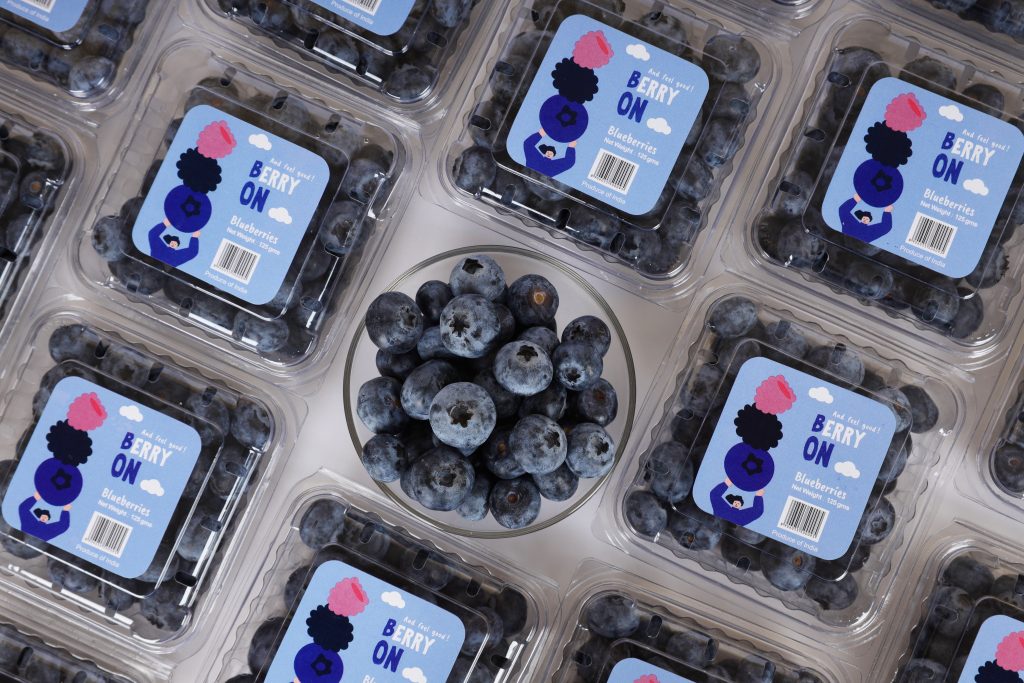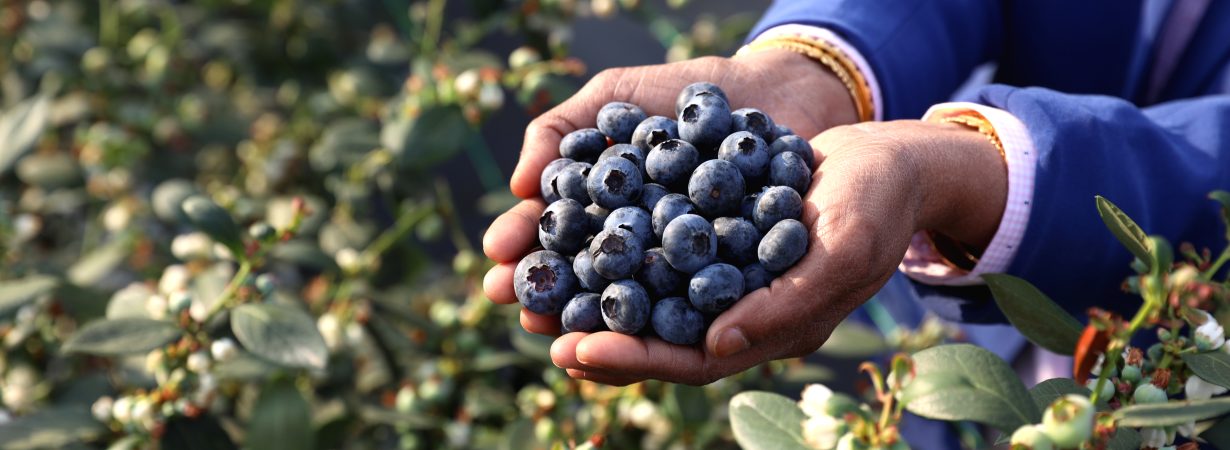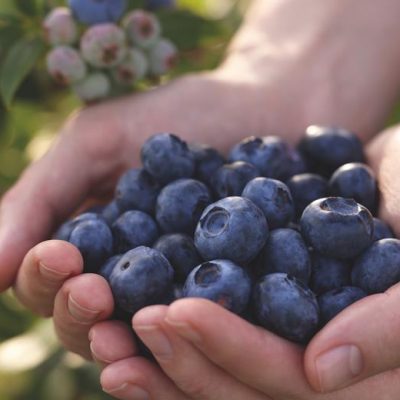Blueberry production in India: Interview with Shubha Rawal, IG International
- . July 2025
IG International is a leading fresh fruit importer-exporter based in Mumbai. With more than 50 years’ experience in the sector, the company currently has a presence in 27 cities across India, operating 16 cold storage units, 130 refrigerator trucks and more than 31 varieties of products.
In an exclusive IBO interview, IG director and head of sourcing, Shubha Rawal, explains how India is ramping up its blueberry production and discusses whether exports to nearly markets could be viable.

Could you give us an overview of the current state of blueberry production in India? What regions are currently growing blueberries, and how much has production evolved in the last few years?
Blueberry production in India is still at a very early stage but is steadily gaining traction. Small-scale commercial cultivation is taking place mainly in regions with suitable climates and soil conditions, such as parts of Maharashtra, Himachal Pradesh, and Karnataka. Over the past few years, pilot farms and trial plantations have expanded gradually, and while overall production remains limited compared to imports, the growth trend is promising as more growers invest in adaptable varieties and modern cultivation practices.
India is traditionally known as a consumer market for imported blueberries. What factors have driven the move toward local production?
The move towards local production has been driven by increasing consumer awareness and steady growth in demand for fresh blueberries, especially in major urban centers. Imported fruit often faces challenges like limited shelf life and higher landed costs, so local production helps ensure fresher fruit at more competitive prices. Growers see blueberries as a high-value niche crop with good market potential, and improvements in planting material and agronomic know-how have made domestic cultivation more viable.
How would you describe the challenges of growing blueberries in Indian conditions—climate, soil, or logistics-wise? What adaptations or innovations have been necessary to make it viable?
Blueberries require acidic soil and good drainage – conditions that are not naturally common across India. Climatic challenges, such as higher temperatures and unpredictable rainfall, add complexity. To overcome this, growers have adopted innovative solutions like protected cultivation, soil amendments, drip irrigation, mulching, and other micro-climate management techniques. Additionally, strengthening the cold chain and post-harvest infrastructure is critical to maintain fruit quality from farm to market.
Looking back at the most recent season, how would you evaluate its performance in terms of yield, quality, and market reception?
The most recent season delivered modest but encouraging yields from pilot farms. The fruit quality has been good for early-stage crops, although consistency and berry size still have room for improvement. Importantly, the market response has been positive—consumers appreciate the availability of fresh, locally grown blueberries, and retailers are supportive of expanding local sourcing alongside imports.
How is domestic demand for blueberries evolving in India? Is local production able to meet part of that demand, or is it still largely dependent on imports?
Domestic demand is growing rapidly, with double-digit increases year on year, driven by rising health awareness and greater availability in modern retail. At present, local production fulfills only a small fraction of total demand, so imports remain essential. However, domestic cultivation is expected to expand gradually and will help complement imports by offering fresher options and extending shelf life at retail.
From a grower perspective, what varieties are currently being planted, and what traits are prioritized for Indian conditions?
Growers are trialing low-chill and heat-tolerant varieties developed through collaborations with international breeders. Key priorities include early yield, adaptability to higher temperatures, good flavor, firmness, and extended shelf life. Varieties that perform well under protected or semi-protected cultivation systems are especially favored to overcome local climate challenges.
How do you see the future of India as a blueberry-producing country? Is it primarily focused on the domestic market or are there export ambitions?
In the near term, India’s focus will remain on serving its growing domestic market, which holds significant untapped potential. Over the longer term, as production scale and quality stabilize, niche export opportunities—particularly to nearby regions in the Middle East and Asia—may emerge. However, this will require continued investment, technological support, and strong grower partnerships.
Are there any government policies, research initiatives, or public-private partnerships supporting blueberry cultivation in India?
Currently, there is no dedicated policy specific to blueberries, but broader horticulture and high-value crop initiatives provide indirect support. Some research institutions, together with private partners, have begun pilot trials and agronomic studies to adapt blueberries to Indian conditions. Moving forward, structured public-private partnerships will be important to scale up cultivation sustainably and bridge knowledge gaps.
Finally, what do you think India can contribute to the global blueberry industry—whether in terms of innovation, market insight, or production potential?
India’s main contribution to the global blueberry industry is as a rapidly expanding consumer market, helping to widen global demand for fresh blueberries. On the production side, India’s experience in adapting blueberries to subtropical and challenging climates can offer valuable insights to other emerging regions. Over time, we expect innovation in protected cultivation, cost-effective logistics, and developing new consumption segments to add unique value to the industry.

This is an IBO exclusive content.







